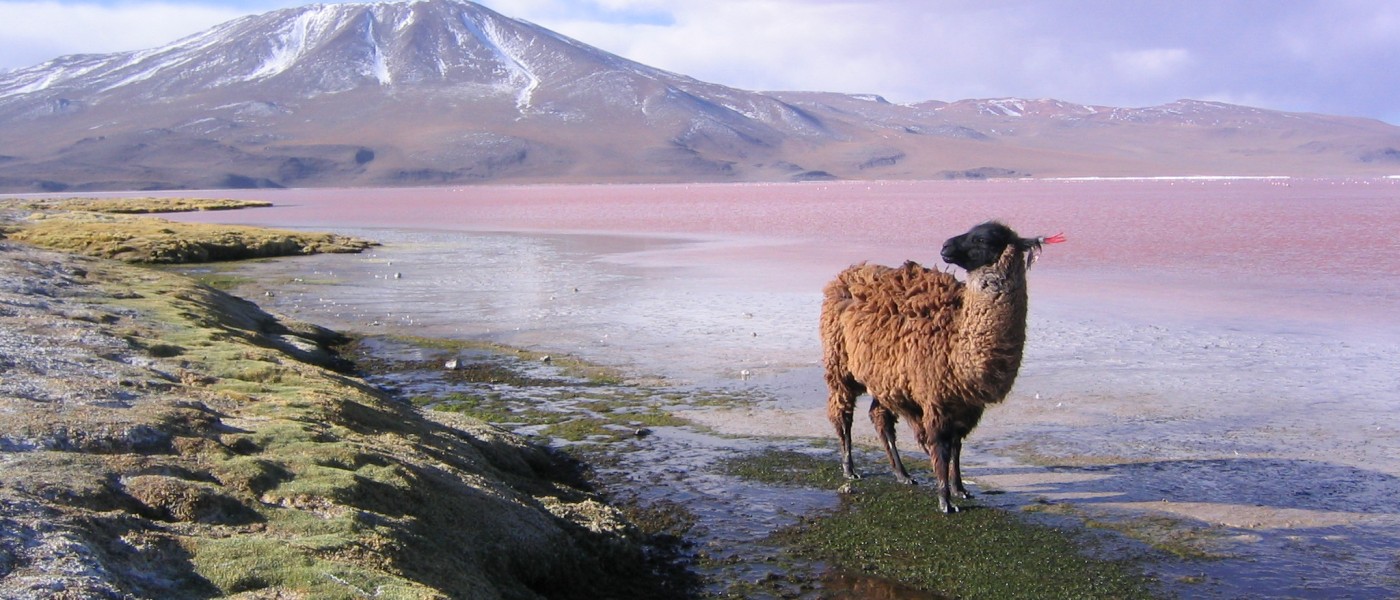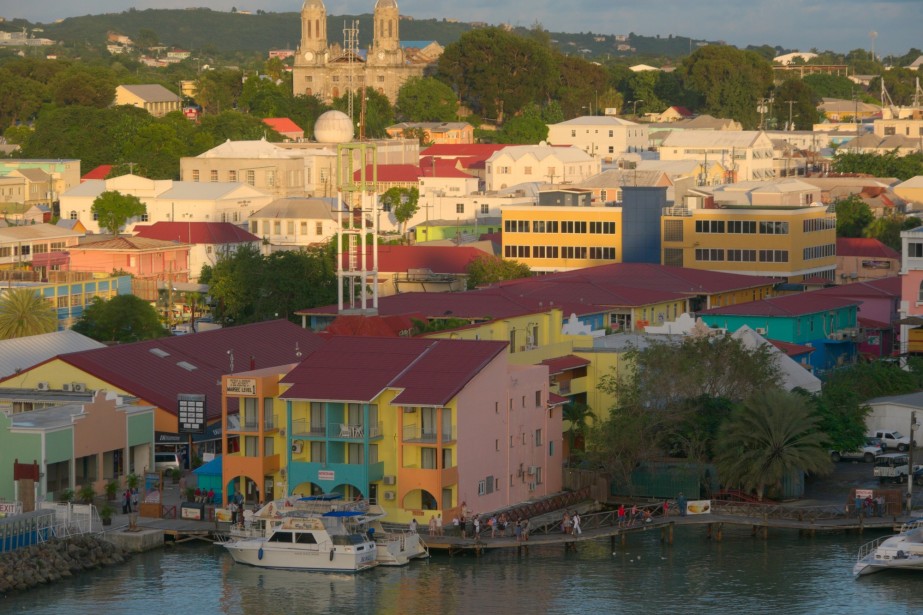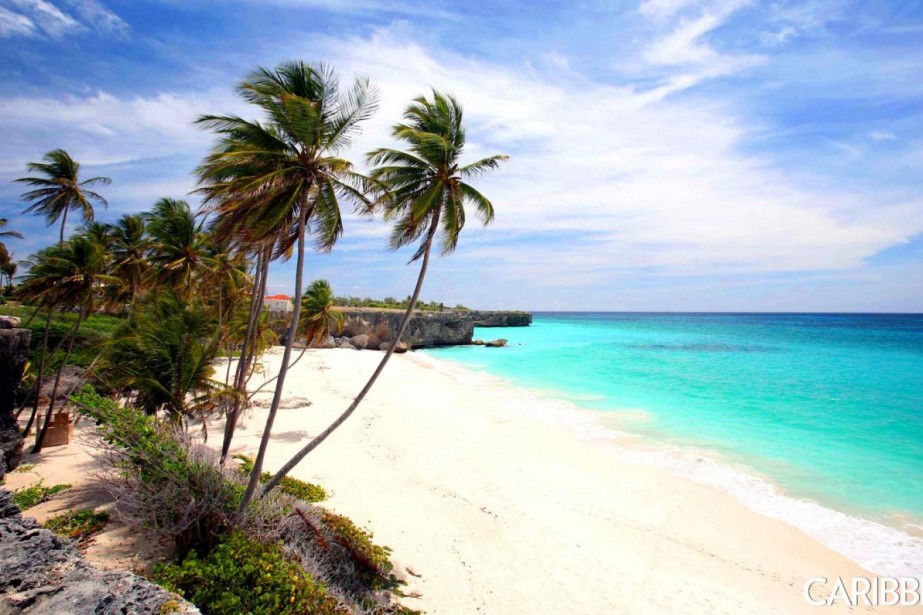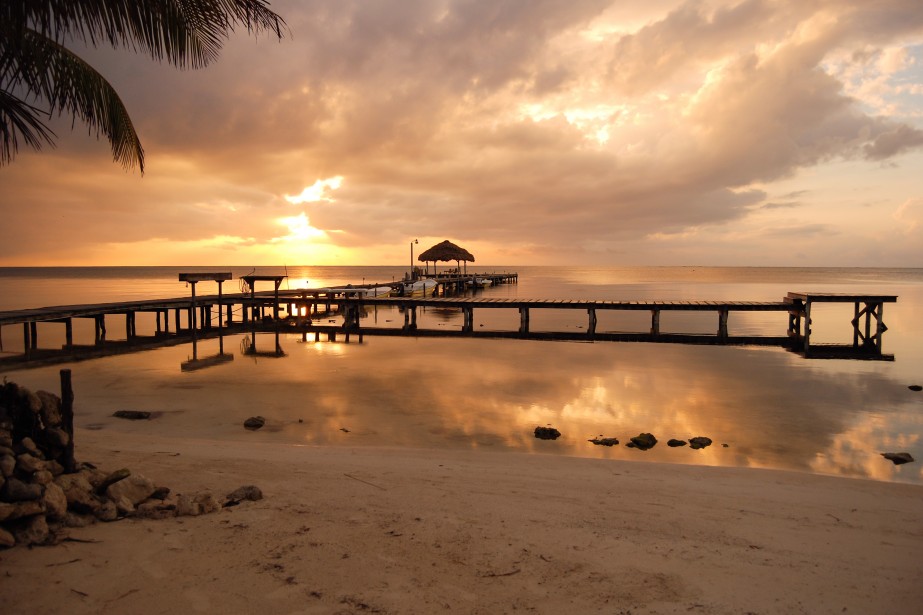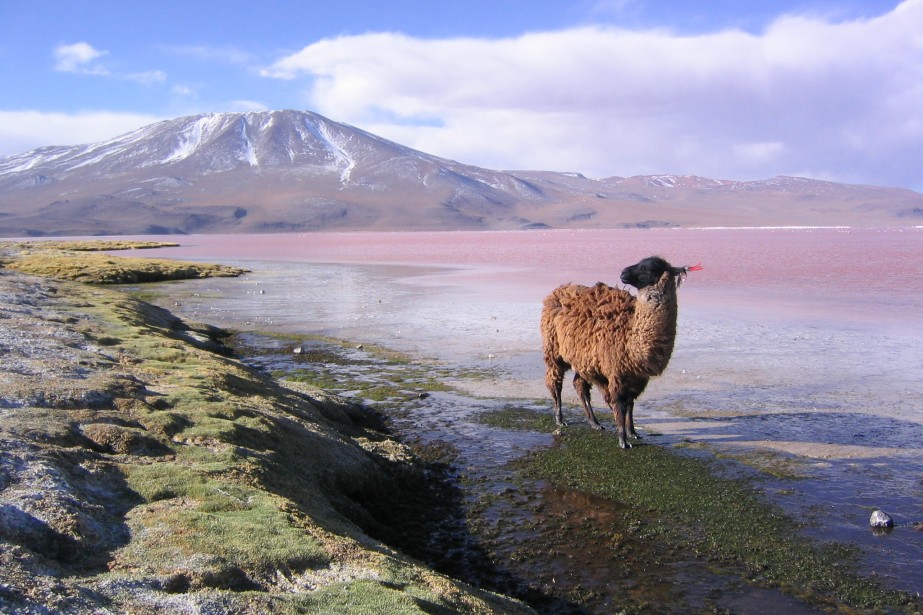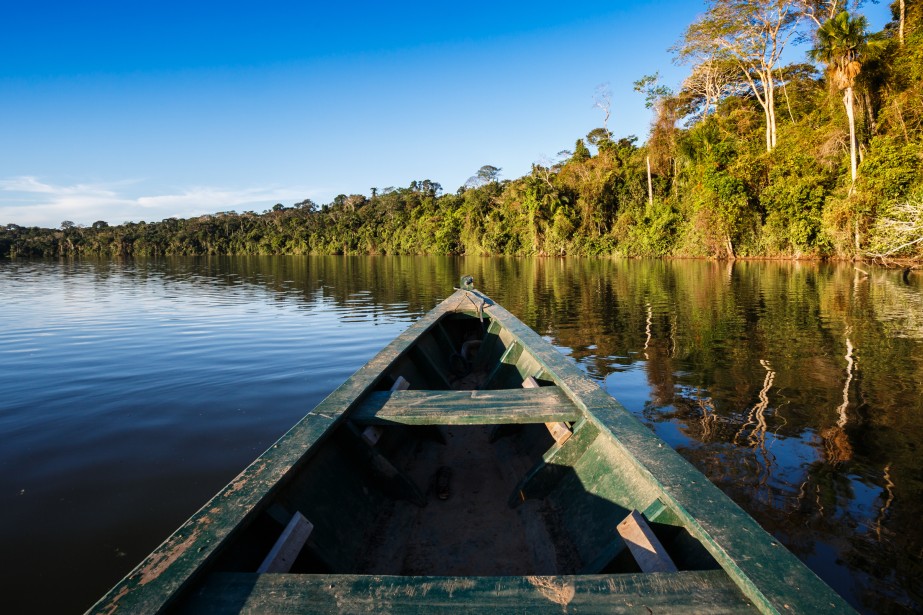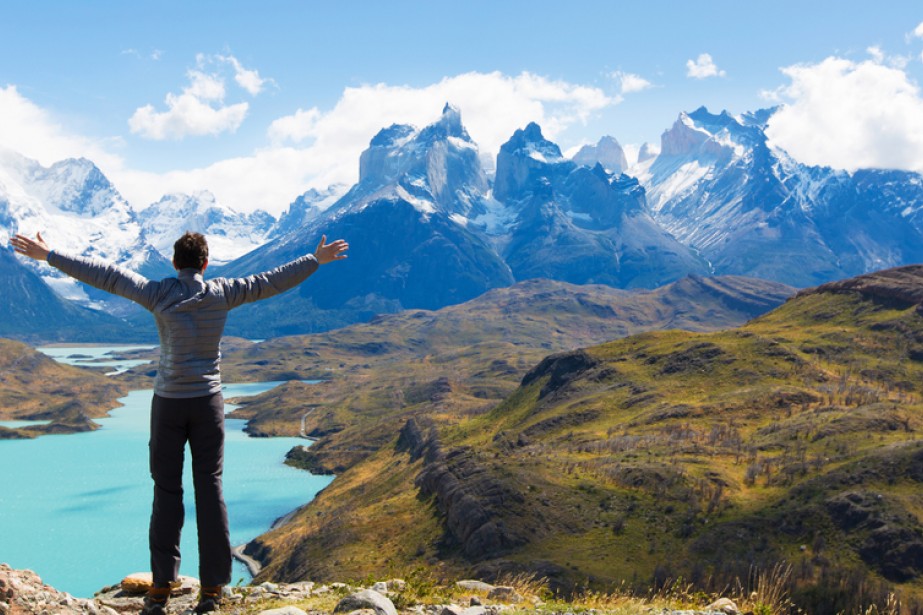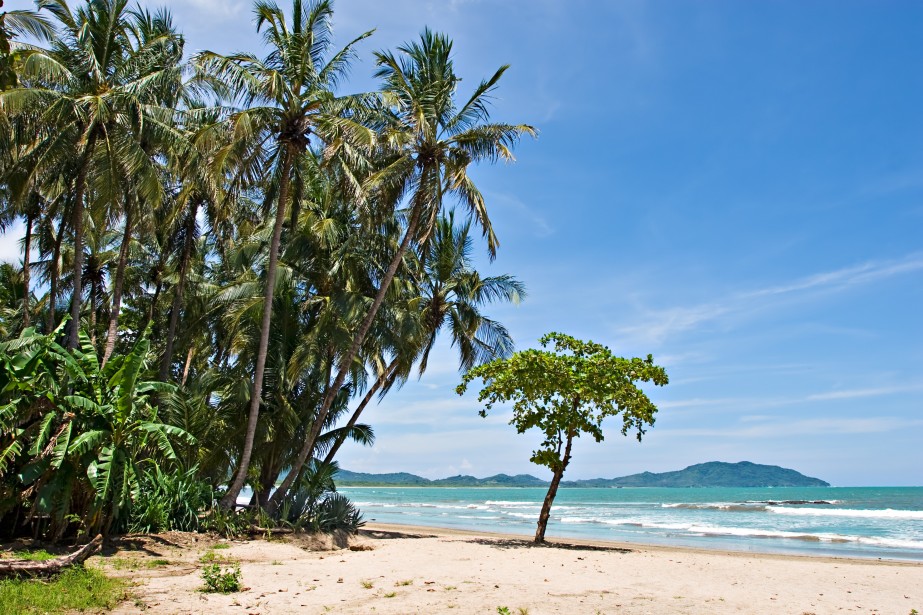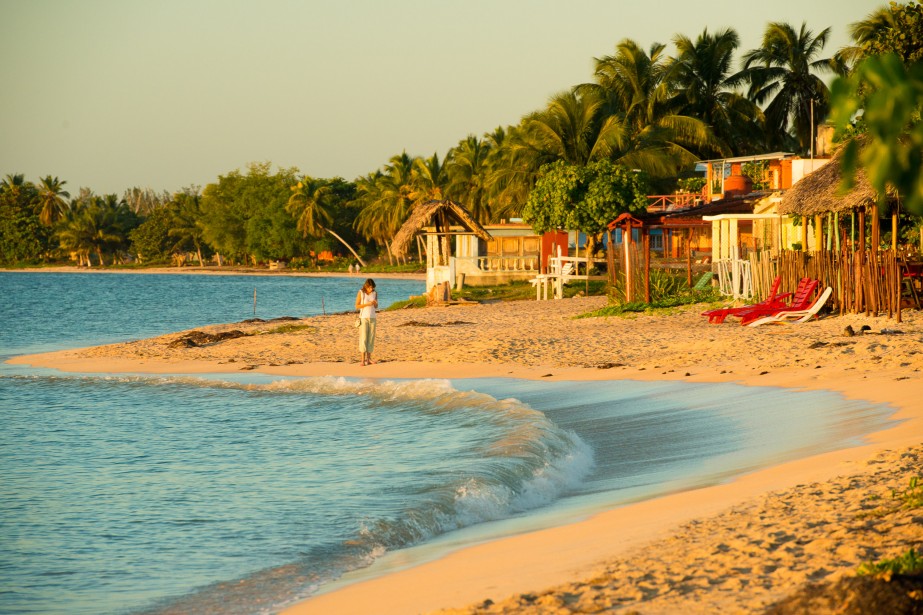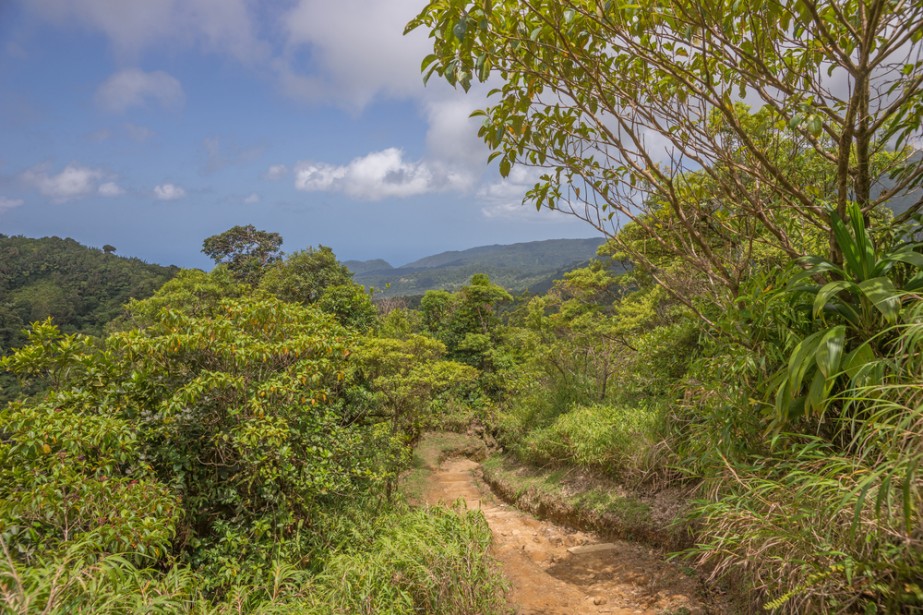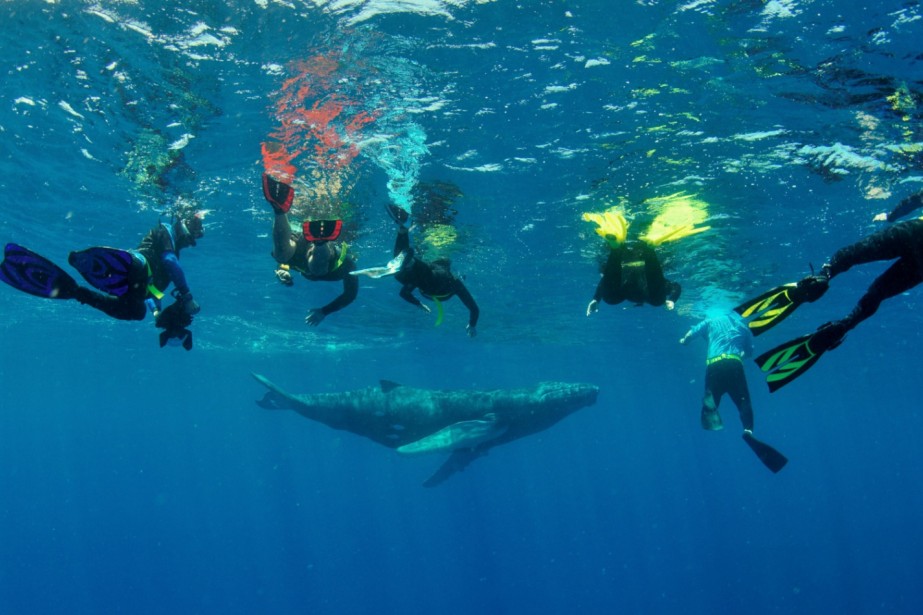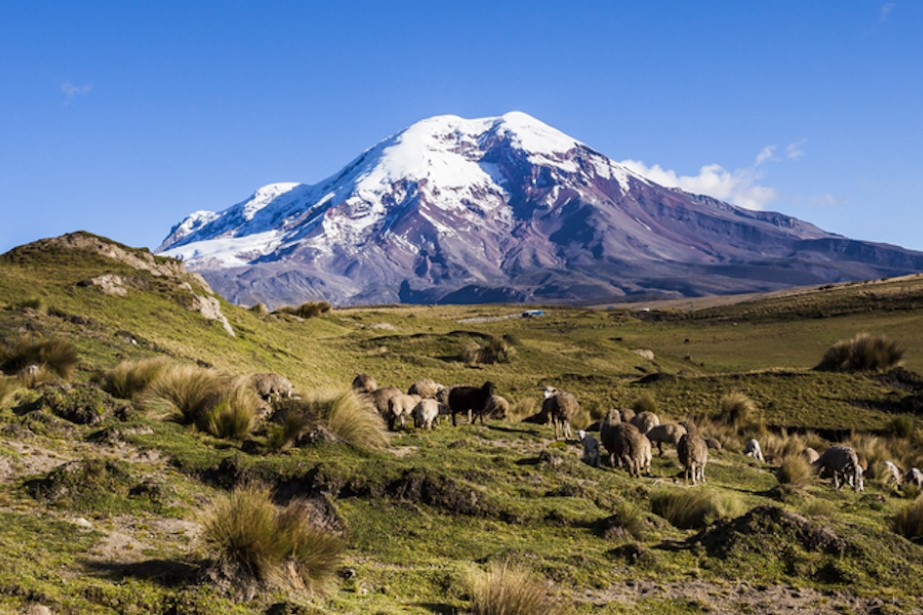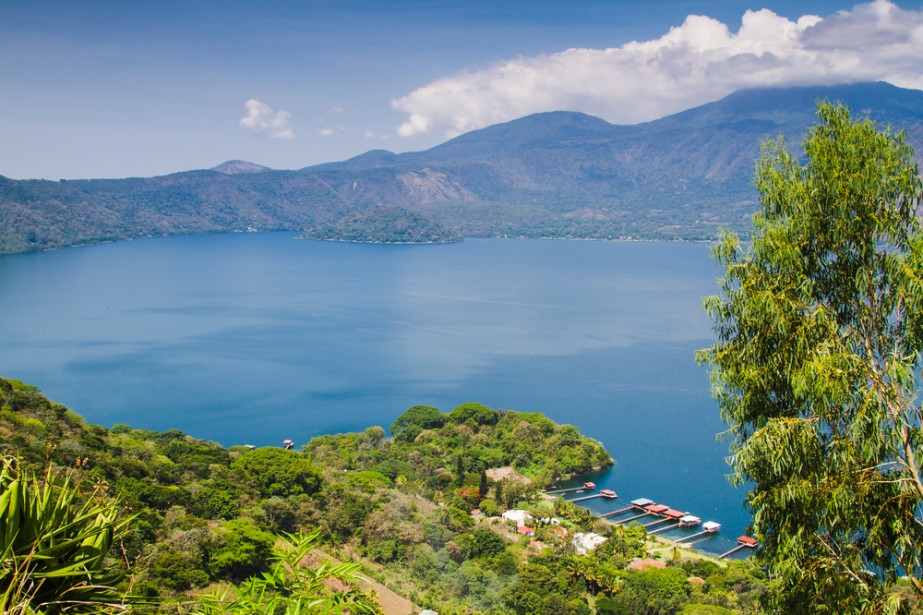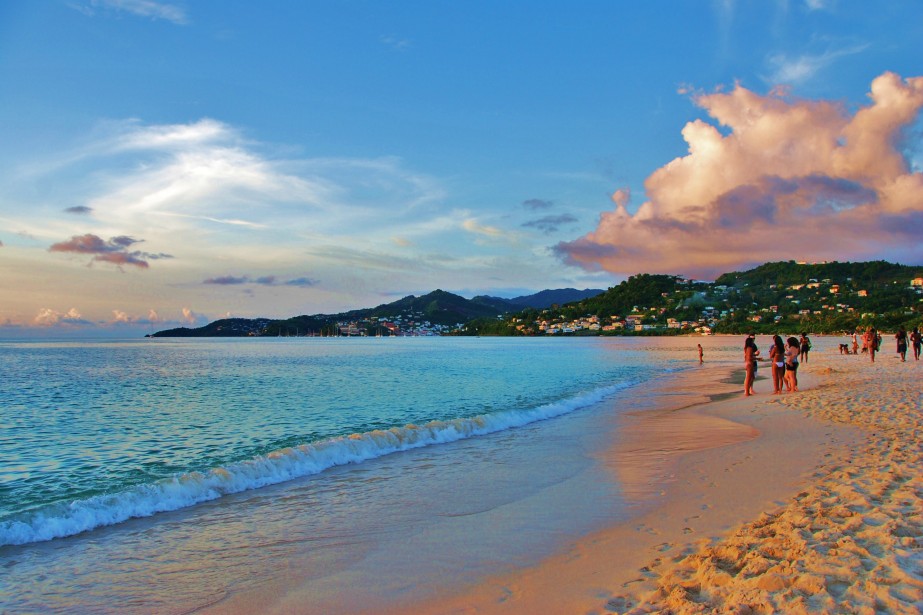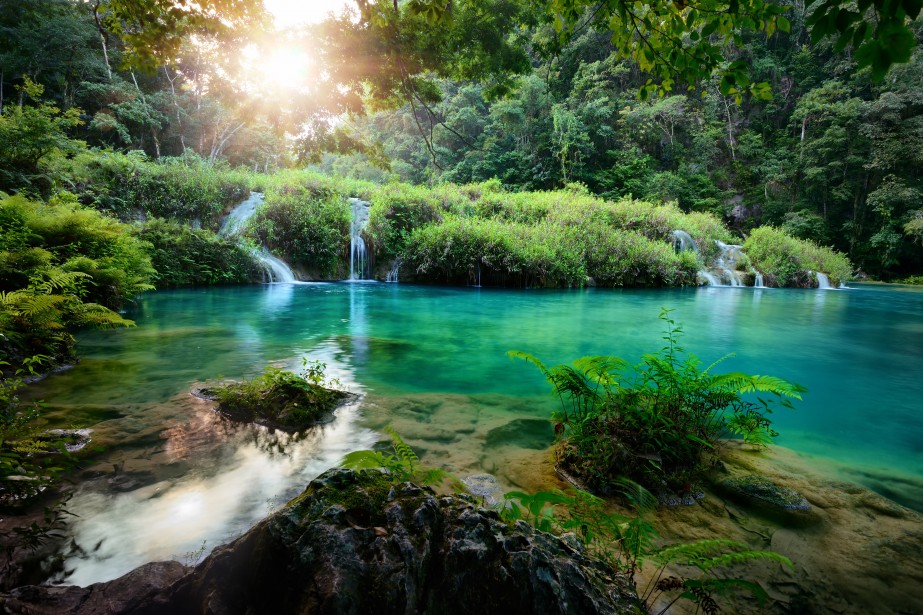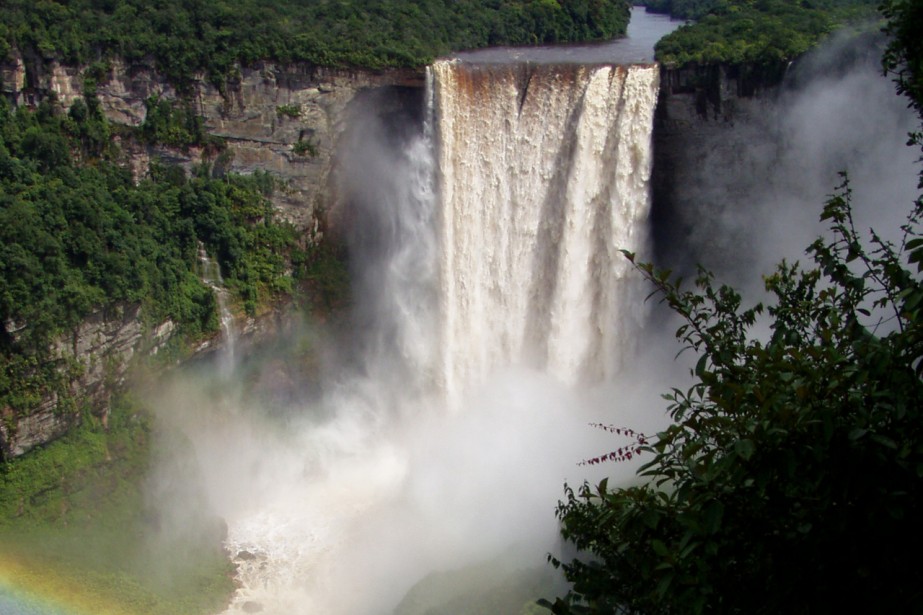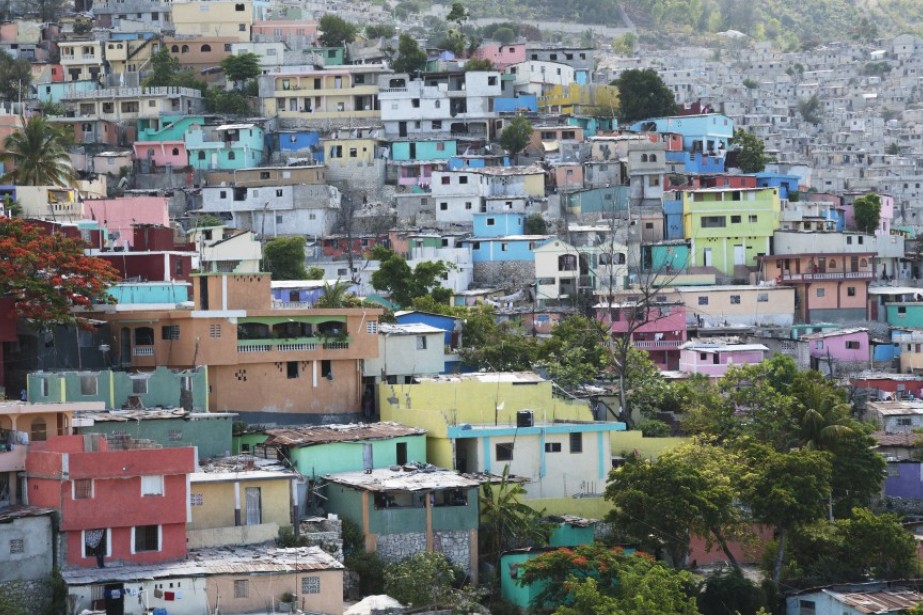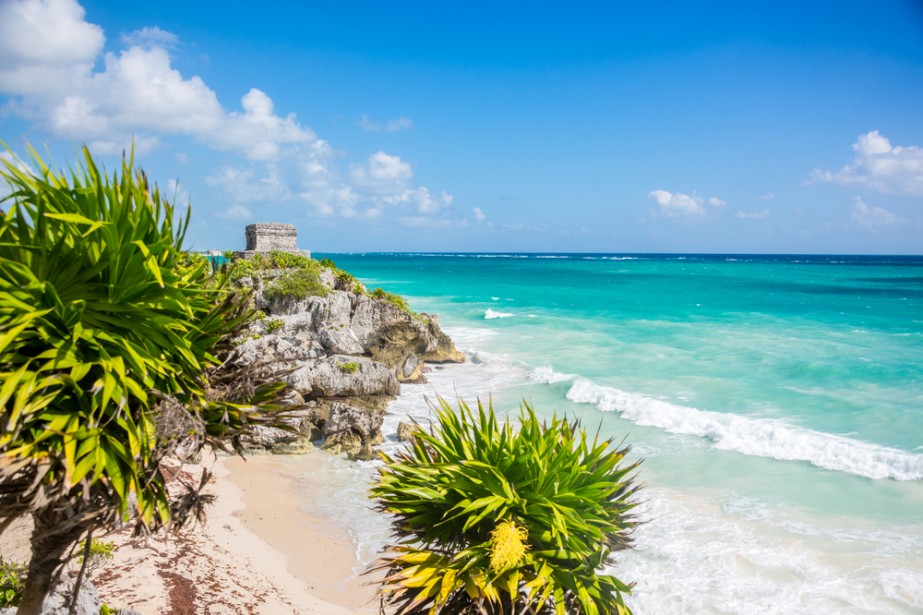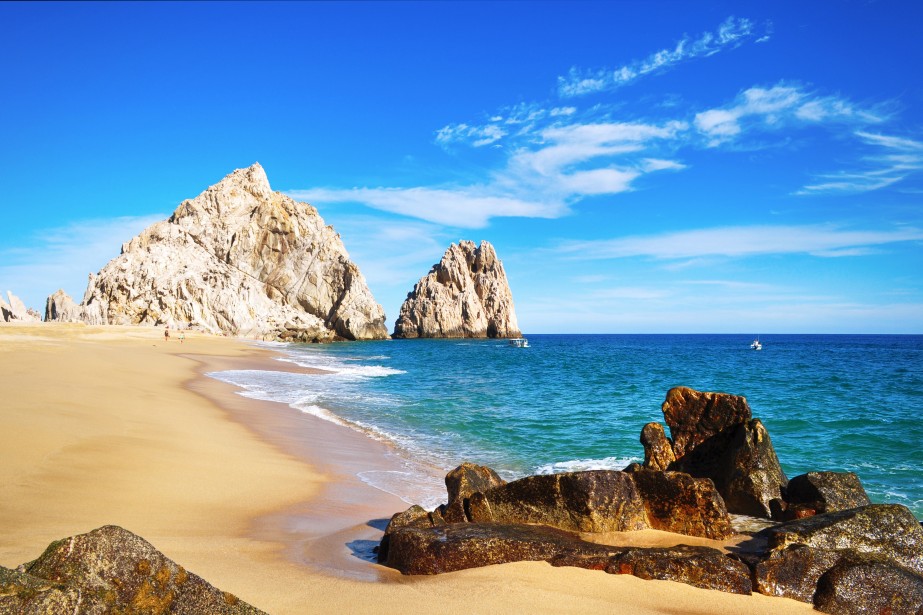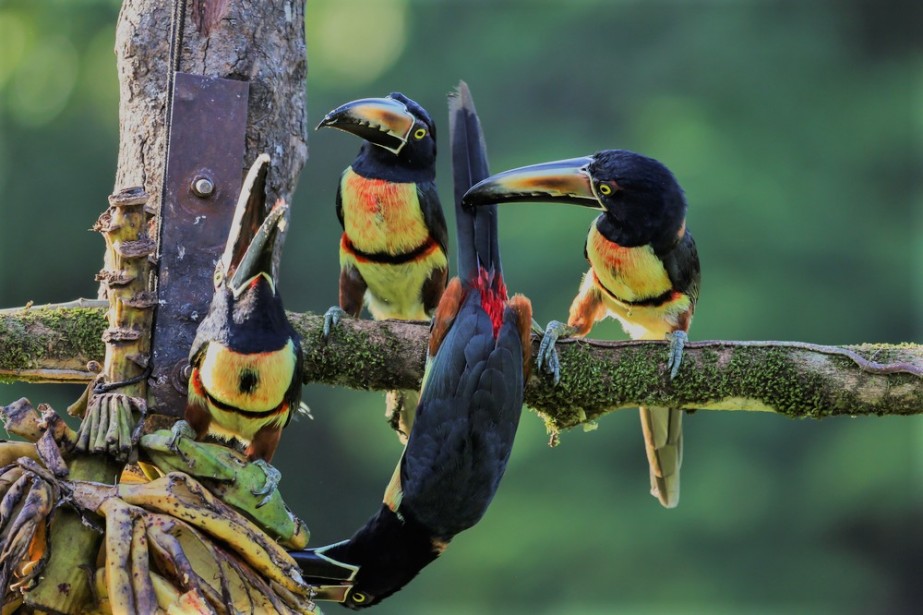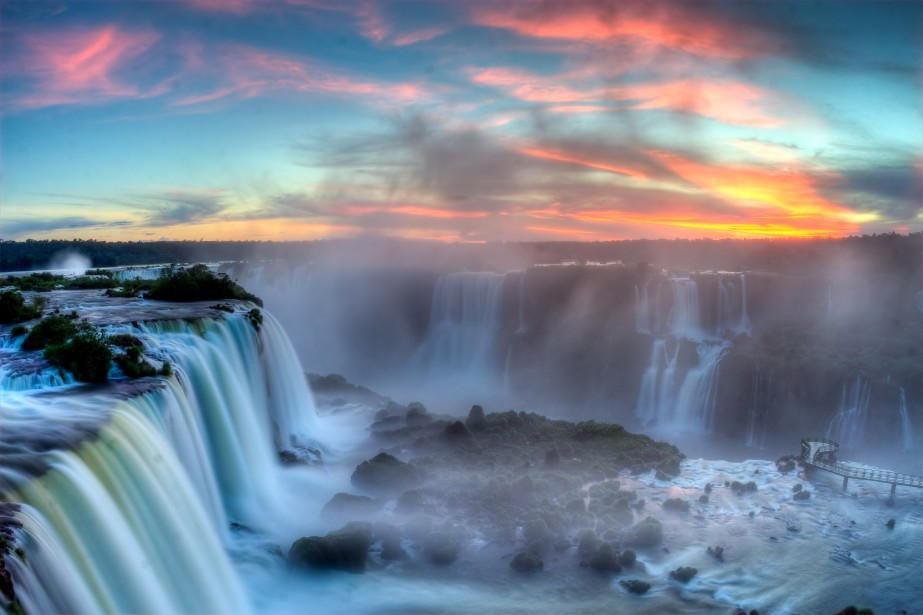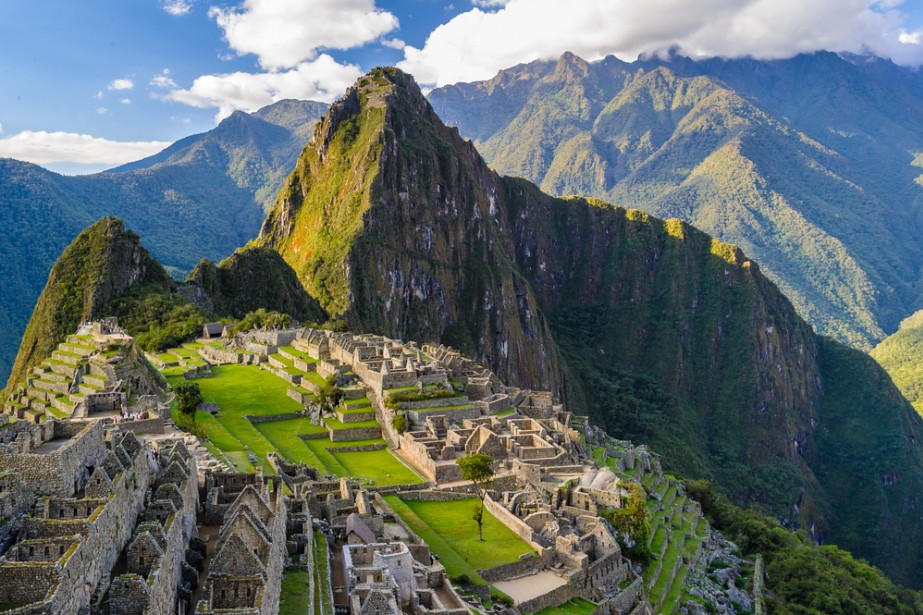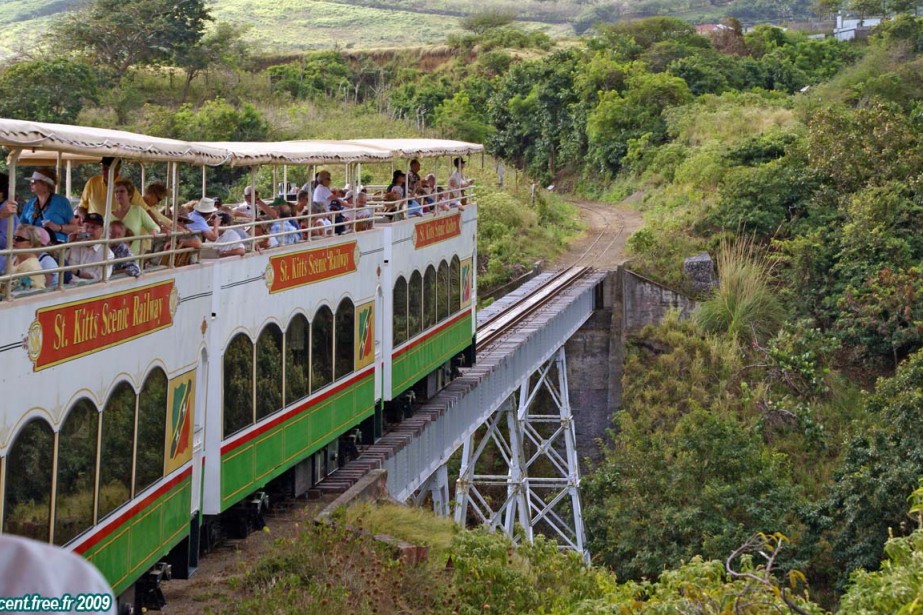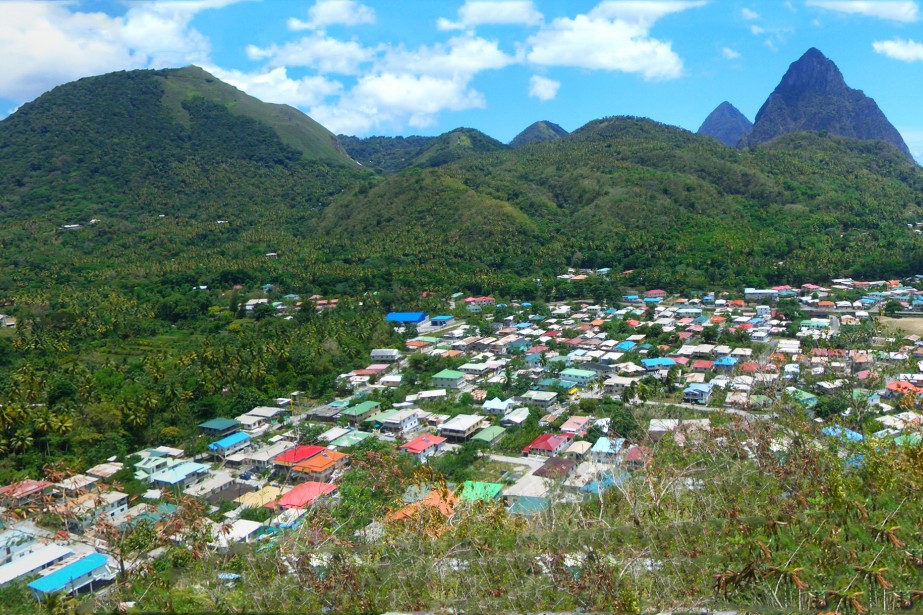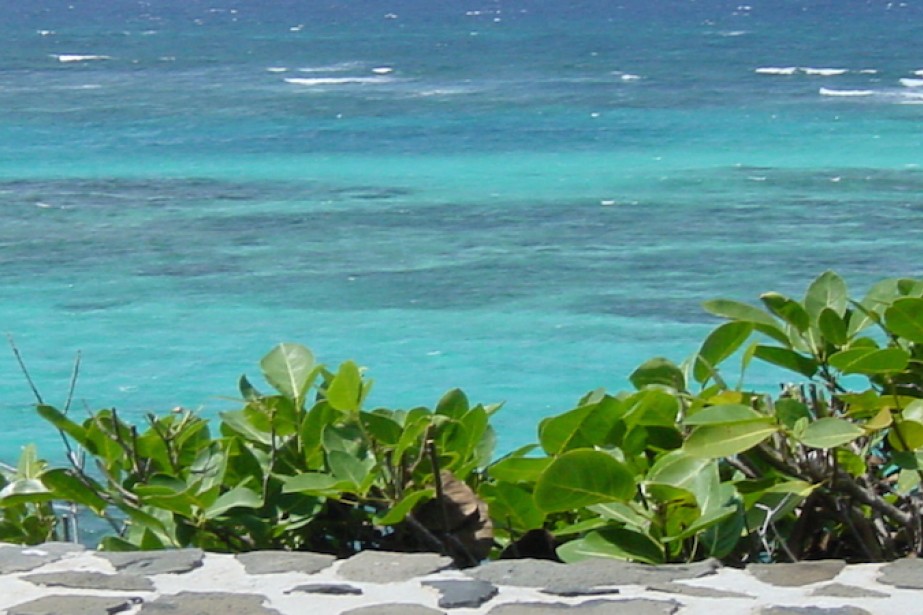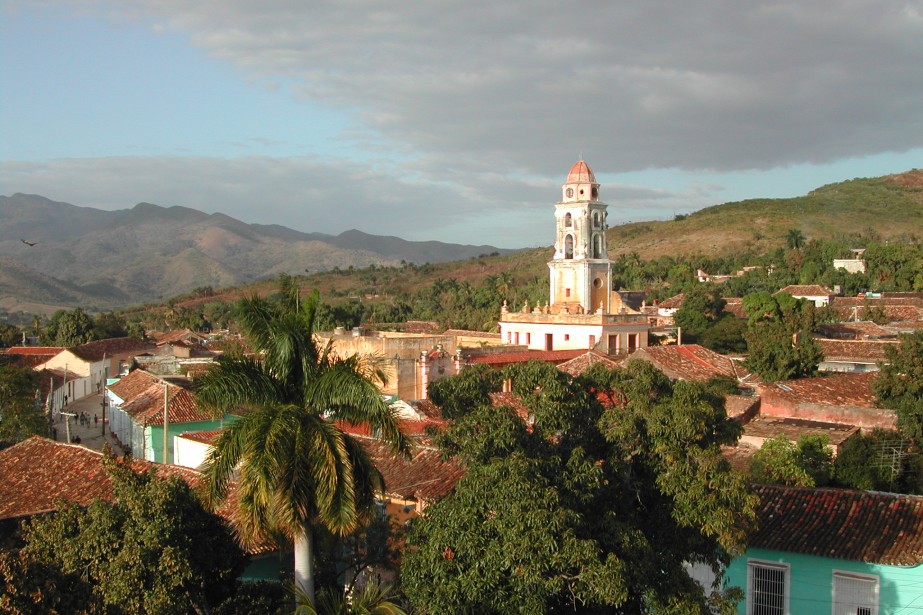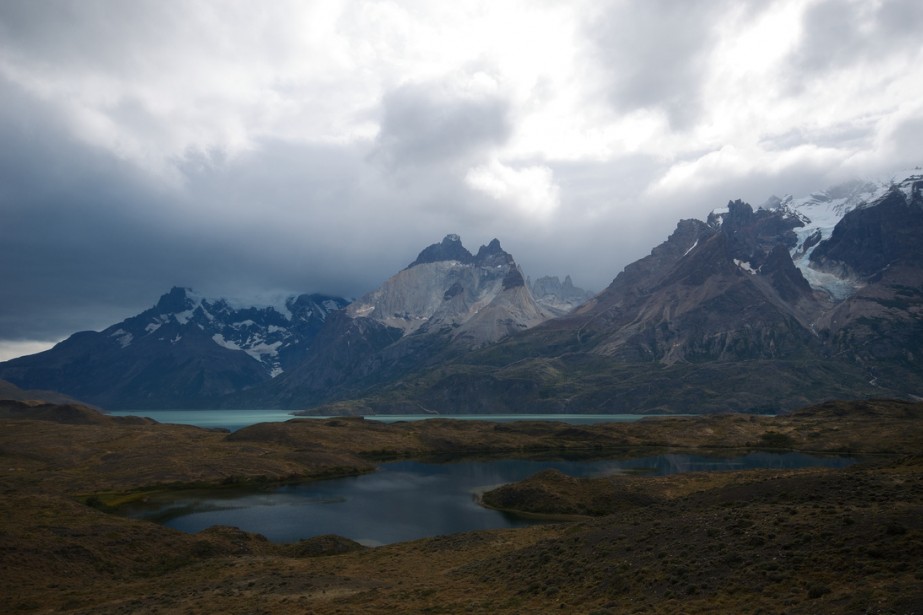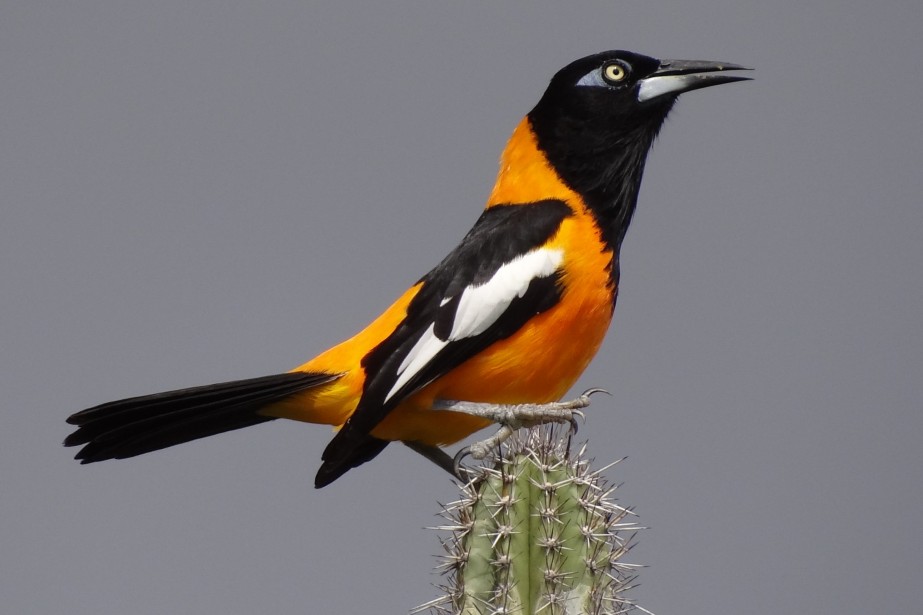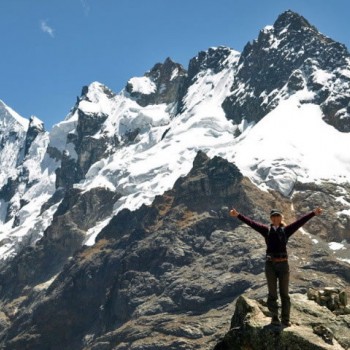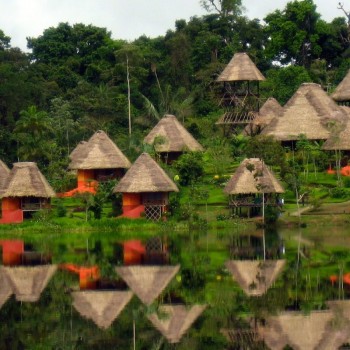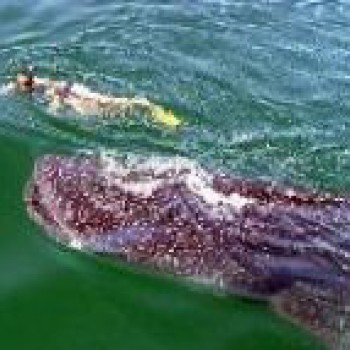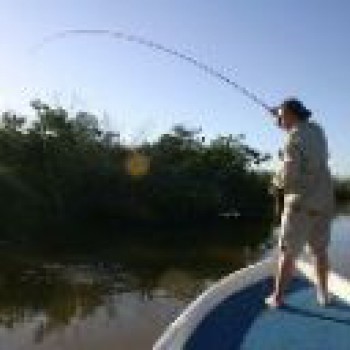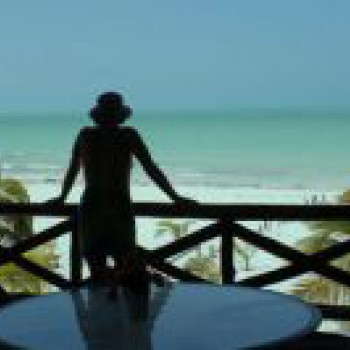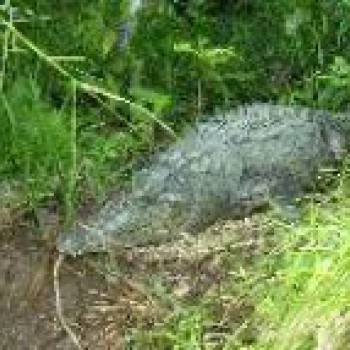Submitted by Coralie on November 17, 2015
An overview – Bolivia
A land of adventure and displaying an interesting mix of ancient cultures, Bolivia is one of those countries that everybody dreams of. Full of life, color and celebrations, with stunning landscapes of every kind, Bolivia truly represents the culture of South America.
Traveling to Bolivia is like stepping into another land, full of adventures. The jungle full of alligators, the treks in ever higher altitudes, and the never ending flatness of the salt desert, all call for bravery and curiosity, because these landscapes are absolutely unique. For the visitor wanting to connect with nature, Bolivia is the ideal place, because of its majestic environment and of its ever present wildlife.
Bolivia is also a country with multiple and very deep cultural roots. The Incas, Quechuas and Tiwanaku cosmologist priests, to name a few, all called this land home once. Very clear traces of their passage can be seen not only in the historical buildings left in the jungle, but also in the Bolivians themselves, who are very proud of claiming such ancestry. They cling to these ancient traditions and languages. Quechua is still spoken by a part of the population today. Sadly, these particular traditions are at risk of disappearing in our lifetime, and it's one more reason to visit Bolivia and try to understand this ancient and fascinating culture.
A trip to Bolivia cannot be forgotten, nor can be the people living there, the biological diversity that can be witnessed as soon as you step out the cities or the astounding tricks Salar de Uyuni's flatness can play on your eyes. Bolivia beats as the heart of South America.
When to travel – Weather
Bolivia is a very diverse country, and so the climate can be very different from one region to another. The weather also answers to two distinctive seasons : dry season from May to October and rain season, from November until April.
In the Altiplano, the altitude makes for very cold nights during dry season, but benefits from an agreeable climate in the day. Throughout the rain season there, floods are a common phenomenon. In the east, the planes are very hot during rain season. The towns of La Paz or Potosi have very cold winters, sometimes even snow. During rain season, trekking or biking can become very hard as the trails are covered in deep mud.
The best time to visit Bolivia is during the dry season between June and September, when the climate is favorable and religious and indian celebrations are happening all over the country. But depending on the region, Bolivia can be visited all year round.
Another event of note is San Juan on the 24th of June, celebrated everywhere with fireworks and diverse games with fire (including firewalking).
Bolivian Cuisine and Drinks
Bolivian cuisine is not very exotic or interesting but is usually very generous. The ingredients found the most are potatoes, rice and pasta, cereals, eggs, chicken and beef. The cuisine in itself is not very spicy because the sauce is served on a side dish, to be added only by those wanting to have a taste of the local spices.
El aji de papalisa is one of the most popular dishes, made with potatoes, meat and onions. Cereals are often used to add to vegetables in soups, especially the delicious quinoa. The karapulca is a traditional thick soup in which there's a hot rock to keep the soup warm. It's a meal often served in altitude, where the nights can be very cold.
Meat, especially beef meat, is served in restaurants and markets in every way possible. Anticuchos (brochettes of beef hearts), chicharrones (little grilled bits of meat), aji de lengua (just the tongue with peppers), pacumuto (brochettes), pique macho (meat with pieces of sausages, onions, potatoes and vegetables with an egg on top).
Chicken meat is also very present, for example in empanadas, a chicken, cheese and onions turnover served hot. Dessert is not a part of the Bolivian meal, but delicious fruits are aplenty : mangos, papayas, oranges, …
Bolivians like to accompany the meal with very nutritive drinks, like the api, made with corn and cinnamon and served hot with breakfast, or the jugo de quinoa, made with quinoa, milk and apple juice. Mate de coca is also a popular drink, especially in altitude.
Bolivian drink a lot to celebrate and the best local beverage is the chicha, made with corn and fruits. More classic beers and wines are also appreciated by the population and can be found everywhere.
Popular sights in Bolivia
Salar de Uyuni – This is the most popular sight when one thinks of Bolivia, this huge salt desert, flat and white all the way to the horizon. There is nothing that can compare to it. Treks of three of four days are available there for those wanting to really immerse themselves in this unique landscape.
Laguna Colorada – In the Lipez region, next to the Salar de Uyuni, this wonderful laguna offers colors never seen before. Flamingos and llamas can be observed in this region where wandering in the wild is highly recommended.
Titicaca Lake – This lake is so magnetic and magic that some think this is were the Atlantis is buried. Whether this is true or not, it provides a very different view on Bolivia. The town of Copacabana, right on the shore of the lake, is a great base to discover the region.
Isla del Sol – On the famous Titicaca Lake, this island is a beautiful place outside of time, where the trails keep stumbling upon archeological sites and magnificent views on the water. It can be a great day trip from Copacabana, but the landscape is so beautiful and peaceful that spending several days there is also a reasonable option.
La Paz – La Paz was made famous by its markets. Days could be spent in them, everything and nothing is sold in this bustling labyrinth. Completely disorganized and full of colors, getting lost in one of those markets in an experience every Bolivian (local or visitor) has to make.
Sajama National Park – Volcanoes, hot springs and llamas decorate this pristine landscape. With such a vast environment and not that many tourists, this majestic piece of nature can be enjoyed in tranquility. Easy day hikes or big treks are both available in the region, with a few villages to discover as well.
Sucre – The famous town of Sucre, made of white buildings shining under the sun, is always a favorite with tourists. On a human scale, full of interesting museums, but with a very dynamic nightlife that made its reputation, it's a mandatory stop on any itinerary.
Rurrenabaque – The town of Rurrenabaque is simply a base for one of the most exciting adventure of the Bolivian experience; a trip through the jungle. This humbling land, full of vegetation and dangerous animals, might be the highlight of the trip. With luck, wildlife like monkeys and alligators can be spotted. The tours into the jungle leaving from Rurrenabaque offer several options, with buggy rides, boats, on foot, and green tourism has also developed a lot in the region recently in order to protect the wildlife.
Tiwanaku – This archeological site is the little brother of Machu Picchu and one of the most popular attractions in Bolivia. The red stones that used to be the home of the cosmologist priests and the ancient mysterious statues will transport you to another time, while the museum provides a fascinating insight in this ancient lifestyle.
Practical Info
Currency – The money used in Bolivia is the Boliviano (Bs), sometimes still called peso. In cities, ATMs are available for visas, mastercards and cirrus, and exchange offices are numerous. On the other hand, in shops, hotels, restaurants and outside of cities, everything is paid with cash. Travelers cheques can be exchanged in a few banks with a fee, but are not the most practical method in this country.
Health – A few diseases are circulating through meat, and especially pork. Be careful that the meal is well cooked. In restaurants, you can wipe your cutlery before using them, or wash them with some lime. You'll see locals do it, it's not a rude gesture. Tap water is not drinkable.
Altitude – You should be accompanied by professionals to take on the mountains, whether you're an experienced hiker or not. Altitude sickness can be a very serious issue if not taken care of properly.

